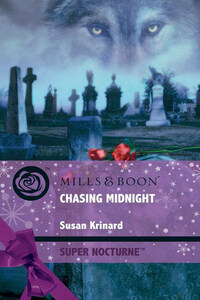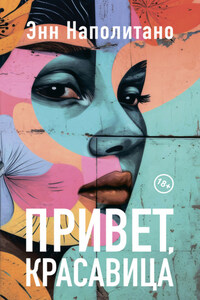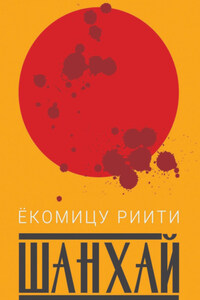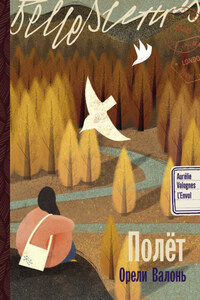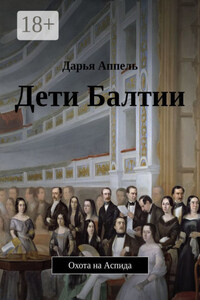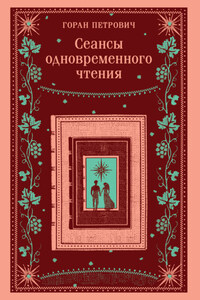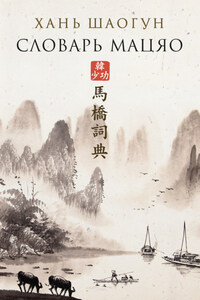He wrapped his fingers behind her neck, pulled her against him and kissed her, hard.
She gave him exactly what he wanted, melting into him with a little gasp of admiration.
âThereâs more where that came from,â he said, rising from his chair. âYou stay right where you are.â
He strutted off like a peacock, all broad shoulders and jutting chin. He thought heâd won the prize with his natural charm and good looks. Men like him always assumed that any girl, even the most sophisticated flapper, would fall for them if they so much as crooked their fingersâ¦
Dear Reader,
What is it about the nineteen twenties?
For me, the fascination began with my first viewing of the movie Chicago, starring Catherine Zeta-Jones. Before then, Iâd never given the decade much thought. I knew about Prohibition, of course, and flappers, but it all came alive when Ms Zeta-Jones performed âAll That Jazz.â I was hooked.
The Roaring Twenties was a remarkable period. It was the time when the old rules of Victorian America gave way to the new rules of the twentieth century. It was the age when women first began to vote, when the âworking girlâ came into her own, when music and art were undergoing startling transformations. The West was still recovering from the trauma of the Great War, finding its way into a strange new world. In New York and Chicago and the other great cities, mobsters made fortunes from bootlegging. There was a flourishing underworld of clubs and speakeasies where the daring and fashionable could quench their thirst for alcohol and excitement.
What better place to set a story about werewolves and vampires in conflict but Prohibition-era New York, where the mobs of three very different races compete for dominance? The first image that immediately sprang into my head was one of a vampire flapper with a Louise Brooks bob, dressed in a short skirt and highheel pumpsâ¦a young woman who couldnât be bothered with the restrictions of either human society or her own vampire clan. And who should her romantic interest be but a rather old-fashioned and chivalrous werewolf who has his own issues with the loups-garous of New Yorkâ¦and who finds himself falling for a girl who seems to be doing everything possible to drive him crazy?
With those characters and situations firmly in my mind, Chasing Midnight was born. Iâve seldom had so much fun writing a book. I hope youâll give the Roaring Twenties a try; Iâll be revisiting them in my next paranormal romance novel for Mills & Boon>® Super Nocturneâ¢, which will be arriving on book shop shelves in December 2009.
Susan Krinard
New York City, 1924
SHE WOKE TO THE SOUNDS of the street: the honking of horns as taxicabs, sedans and roadsters jockeyed for position; the rattle and rumble of trucks bearing cargo both legitimate and illicit; the shouts of the newsboy on the corner, trumpeting the scandalous details of the latest police raid on Joe Bocelliâs Club Desirée.
She lay quietly for a moment, eyes closed, trying to decide what was different. It wasnât only that the sounds were so distinct, falling on her ears like drumbeats, or that she could feel the shift of every current of air as it brushed against her skin. It wasnât only that, for the first time in so many years, her body didnât hurt.
With a groan of pleasure she extended her arms over her head, feeling muscles stretch and bones pop. Her toes tingled. She wiggled them, delighting in the touch of the satin sheets against her skin.
And then she froze as the realization struck her so hard and fast that it stole her breath.
She had moved. Not with stiff, painful jerks, her limbs refusing to obey her simplest commands. Not with withered muscles wasting away, prisoners in a cage of flesh. She had moved easily, smoothly, strength flowing through her like cascades of fresh cool water.
Slowly she opened her eyes. The room should have been dark; no lamps were on, and the shades and curtains were drawn over the windows. But she saw everything with crystal clarity, as if the entireworld were bathed in light. Every detail of the Persian carpet stood out in elegant relief. The pattern of the wallpaper seemed to dance a geometric ballet. And the man in the chairâ¦
Alice sat up, her heart bounding beneath her ribs. The man in the chair gazed at her with a faint smile, his pale eyes reflecting a dim red glow.
âAlice,â he said, âdo you remember?â
She rubbed her eyes, caught by a wave of dizziness that made the bed roll and heave beneath her. An hour, a week, a year ago, she had been lying in this same bed, her limbs like dead weights among the sheets, her mouth filled with words she could barely speak. He had been there, looking down at her with an expression both kindly and grim, and she had been afraid.
âThere is always a risk,â heâd said back then. âEspecially to one in your condition. But the rewardsâ¦â Heâd gestured at her twisted body. âThe rewards are beyond calculation.You will walk again, Alice.You will be free.â
